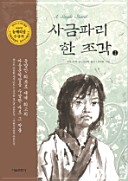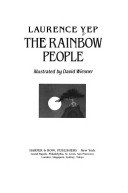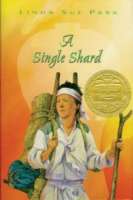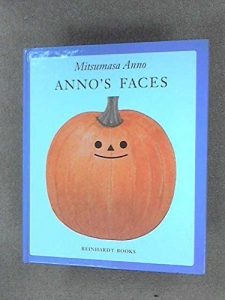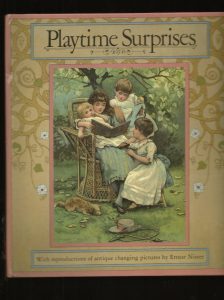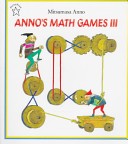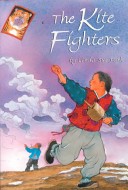
In Korea in 1473, eleven-year-old Young-sup overcomes his rivalry with his older brother Kee-sup, who as the first-born son receives special treatment from their father, and combines his kite-flying skill with Kee-sup’s kite-making skill in an attempt to attract the notice of Korea’s young king, who chooses Young-sup to fly the royal kite in the New Year kite-flying competition.

